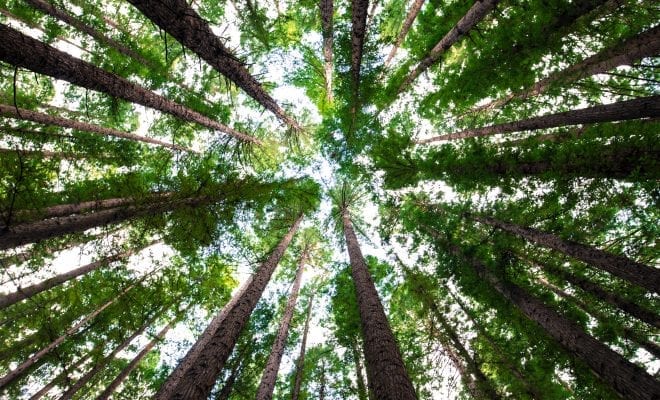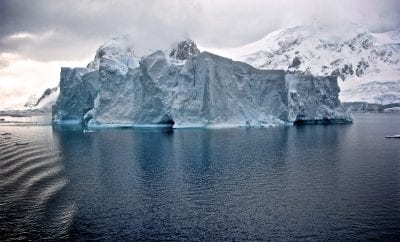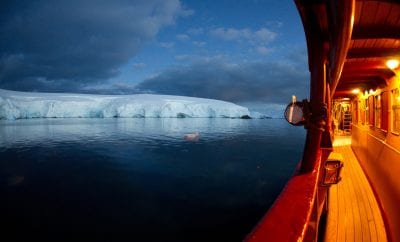
Lifestyle
What Would Happen if We Planted 1 Trillion Trees?
As the ever-looming specter of climate change continues to cast its shadow on the world, we are faced with the challenge of doing what we can to halt it from proceeding. With drastic measures needed to accomplish a global drop in carbon dioxide levels by 2030, scientists have brought forth one proposition that could accomplish this daunting goal: planting 1 trillion trees.
In a report from the United Nations Intergovernmental Panel on Climate Change, scientists suggest that adding 2.5 billion acres of forest to the world could drastically halt global warming to 2.7 degrees by 2050. To do so, the planting of roughly 1 trillion trees would be required to reach this massive increase in the world’s forested areas. The large swath of land required for 1 trillion trees would equal that of the size of the United States and would be capable of storing 205 billion tons of carbon, roughly two-thirds of the carbon that is emitted as a result of human activity.

So far, six nations with the most room for new trees include Russia. Canada, Australia. Brazil, China, and the United States. A study conducted by Swiss Scientists shows that while there are other effective methods to fight climate change, planting 1 trillion trees is by far the cheapest solution, thanks to trees’ effective ability to absorb large amounts of carbon dioxide out of the air.
Thomas Crowther, co-author of the study and climate change ecologist at the Swiss Federal Institute of Technology in Zurich, warns “It’s certainly a monumental challenge, which is exactly the scale of the problem of climate change.” He stressed that urgent action is needed given how rapidly climate change is progressing. By planting massive amounts of trees, he says that we would see an immediate effect in global CO2 levels since trees remove more carbon when they are younger.
Crowther stresses that while planting trees can help scrub CO2 out of the air, we will still need to stop burning oil, coal, and gas in order to see a lasting impact on the earth’s atmosphere. “None of this works without emission cuts,” he said.
Unfortunately, in some areas of the world, deforestation continues to be a major problem. In the Amazon, acres of rainforests are being cut down every day to make room for more agricultural land. Areas like the Amazon rainforest act as one of the biggest carbon absorbers on the planet, with more carbon captured by those trees than the entire planet, has emitted over the past 10 years. By cutting those trees down, we are only accelerating the heat-trapping ability of CO2, leading to the inevitable rise in global temperatures.
The study’s lead author Jean-Francois Bastin says to realize this vision for the future, it will take considerable work within the global community. “What we need is universal action: international agencies, NGOs, governments, all citizens — anyone can be involved,” says Bastian. “Local communities and small organizations may be especially effective. While they do not have the same reach as national agencies, they have the benefit of knowing what works best in their own backyards.”





1 Comment